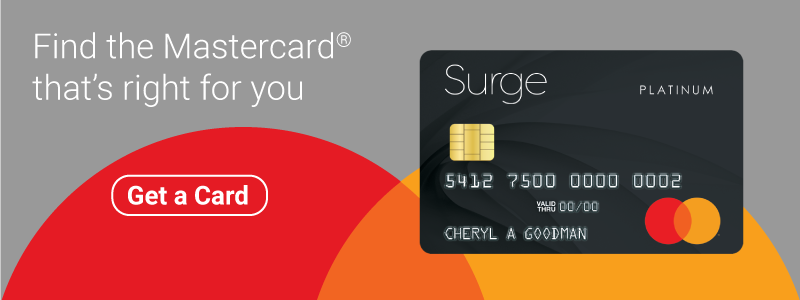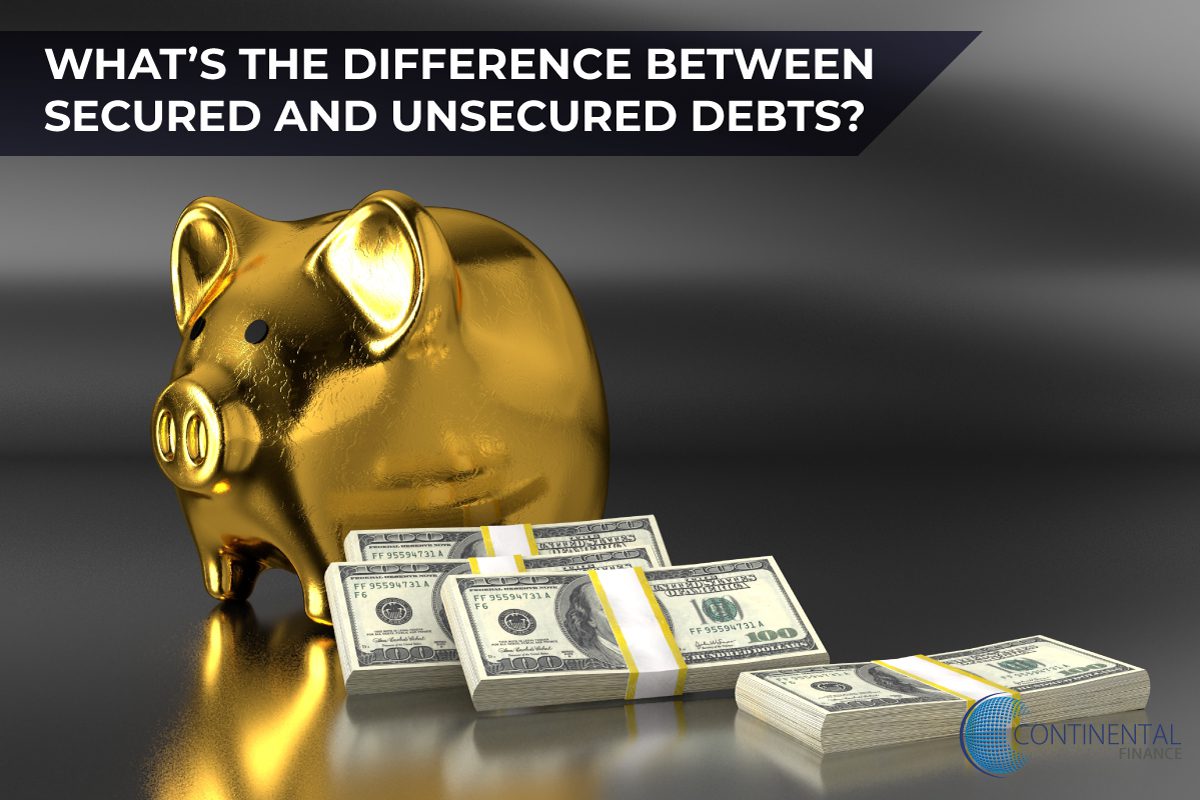The complete guide to unsecured debt vs. secured debt
Credit repair is a journey, which takes patience and time. But to help make that journey go smooth, this article will cover useful knowledge about the way credit works. The tips and information provided can help give you the insight needed to successfully re-establish your credit and obtain a great credit score.
This article specifically focuses on debt. There are two types of debt, secured and unsecured. Knowing the difference between those types of debt can help you understand:
- how borrowing money works
- what impact debt is having on your credit score
- how to prioritize your own debt repayment

Understanding the difference between these two types of debt can help people looking to obtain good credit. According to financial institutions like Experian, understanding these two types of credit could mean the difference between the average and the good credit score on your credit history.
Secured vs. Unsecured Debt: A Closer Look
According to the National Council for Credit Counseling (NFCC), loans and other finance tools available to consumers fall under the two main categories of secured and unsecured debt.
The big difference between the two is the presence of collateral. That is defined as backing or security for the debt. Collateral is typically something valuable that can be taken as security against non-repayment.
One of the most popular questions at this point is “Which type of debt is most often secured?” Let’s delve deeper into that question!
What is Unsecured Debt?
According to Forbes, unsecured debt has no collateral backing. Because there is no collateral, it requires no security. That is why it’s called unsecured.
A key point to remember: If the borrower defaults on this type of debt, the lender must initiate a lawsuit to collect what is owed.
Lenders issue funds in an unsecured loan based solely on the borrower’s “credit worthiness” and promise to repay.
Therefore, banks typically charge a higher interest rate on these so-called signature loans. Also, credit score and debt-to-income requirements are usually stricter. These types of loans are often only made available to the most credible borrowers.
To obtain a loan that has unsecured debt you are going to want to have a good credit score. Outside of loans from a bank, some common examples of unsecured debts include:
- medical bills
- student loans
- personal loans
- certain retail installment contracts such as gym or tanning-club memberships
- and the outstanding balances on your credit cards.
According to Investopedia, unsecured debt is very common in the credit card industry. When you acquire a piece of plastic, the credit card company is issuing you a line of credit. And that line of credit has no collateral requirements.
But because there is no security, many credit cards charge hefty interest rates to justify the risk. The principal balance on credit card debt is one of the most common types of unsecured debt. Being responsible with your credit line will help you maintain an excellent credit rating.
An unsecured debt instrument like a bond carries higher risk. This is because an investment is backed only by the fidelity and credit of the issuer. When the risk to the lender is increased relative to that of secured debt, interest rates on unsecured debt go higher.
However, the rate of interest on various debt instruments is largely dependent on the accuracy of the issuing entity. This is why unsecured debt from a bond is still a lower risk than a personal loan.
An unsecured loan to a person may carry extremely high interest rates because of the high risk of default. But government-issued Treasury bills (another common type of unsecured debt instrument) have much lower interest rates. And that’s because of the entity involved.
Despite the fact that investors have no claim on government assets, the government is a different story when it comes to risk. The government has the power to mint additional dollars or raise taxes to pay off its obligations. That makes this kind of debt instrument virtually risk-free.
But remember, an unsecured debt instrument like a bond still carries a higher level of risk than its asset-backed counterpart. Which leads us to …
What is Secured Debt?
According to Bankrate, secured debts involve the borrower doing two things. First, they promise to repay. Second the borrower puts up some asset as surety for the loan.
A secured debt instrument is a fancy term. But all it means is the lender can use the asset to repay the funds in the event of default.
The risk of default on a secured debt tends to be relatively low.
This is because the borrower has so much more to lose by neglecting the financial obligation. So secured debt financing is typically easier for most consumers to obtain. As this type of loan carries less risk for the lender, interest rates are usually lower for a secured loan.
Common types of secured debt are:
- mortgages
- other personal loans for things like real estate
- auto loans for purchasing a car
The key attribute is that the item being financed becomes the collateral for the financing.
Take a car loan, for example. Parents are purchasing things like cars for their family all the time. When parents purchase a car — whether it’s at 0 percent sales tax, 6.25 sales tax, or even 7.5 sales tax — the security for the debt is typically the vehicle itself.
If a borrower fails to make timely payments, the loan issuer then acquires ownership of the vehicle.
Home mortgages are yet another powerful example of a secured devt. When a person or business takes out a mortgage, the property in question is used to back the repayment terms. In fact, the lending institution maintains equity (financial interest) in the property until the mortgage is paid off in full.
If the borrower defaults on the payments, the lender can seize the property and sell it to recoup the funds owed.
Lenders often require the asset to be maintained or insured under certain specs to maintain its value.
For example, a home mortgage lender often requires the borrower to take out homeowner’s insurance. By protecting the property, the policy secures the asset’s worth for the lender.
For the same reason, a lender who issues an auto loan requires certain insurance coverage. So that in the event the vehicle is involved in a crash the bank can still recover the outstanding loan balance.
In Conclusion
Remember the Key Difference: Unsecured debt has no collateral backing. This creates higher risk. The risk of default on a secured debt, called the counterparty risk to the lender, tends to be relatively low.
The Consumer Finance Protection Bureau has created a game for students to play that helps further understanding of secured vs. unsecured debt.
In short, it’s easier to obtain secured debt loans no matter your credit history, because there’s collateral involved. That means the risk is on the borrower and the impetus is there: each month if you pay your bill on time your asset remains secure.

People Also Read
- How to Close Out a Credit Card
- How to Avoid Credit Card Debt
- How to Stop Impulse Spending with Your Credit Card
- Credit Cards vs. Charge Cards: What’s the difference?
Continental Finance is one of America’s leading marketers and servicers of credit cards for people with less-than-perfect credit. Learn more by visiting ContinentalFinance.net

